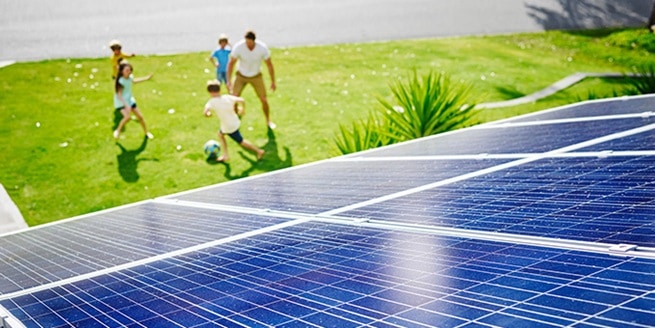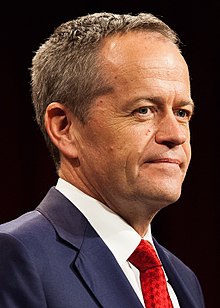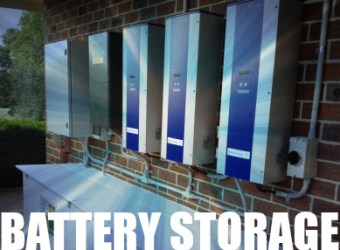Western Australia Solar Subsidies look like they’re in the firing line right now – with Energy Minister Ben Wyatt advising that he supports either completely scrapping or winding back rooftop solar panel subsidies.
Western Australia Solar Subsidies

Earlier this year the Australian Competition and Consumer Commission called to axe rooftop solar subsidies Australia-wide by 2021. Ben Wyatt said he has asked the Public Utilities Office to have an in depth look about the buyback scheme which could probably do with a bit of an overhaul, or at least a step in the right direction, technology wise.
“While the cost of solar PV systems has reduced significantly since the introduction of the Renewable Energy Target and is now considered economically viable in the absence of government subsidy, the implications of such a change need to be fully thought through, including the impact on the local solar industry,” Mr Wyatt said.
In WA, Synergy currently pays a feed-in tariff of 7.1c/kW to 240,000 households with solar – and over 70,000 customers entitled to the premium solar feed-in tariff which is 40c/kW (there’s no indication that the gov’t is looking at winding back the premium FIT). This is known as the Renewable Energy Buyback Scheme (REBS). Mr Wyatt said that Synergy are paying ‘over the odds’ for this power during hte middle of the day, when demand is low and output high. If you’d like to learn more about WA’s unique energy situation please have a look at this article.
We’re all for furthering the cause of solar, but is it worth taking a look at maybe moving some of the subsidies and tariffs towards energy storage rather than energy generation?
Ray Challen, who was the top energy adviser as the head of the Public Utilities Office up until the end of last year, said he thinks it’s time to consider the best way to continue improving our renewable generation:
“The reason for subsidising any form of behaviour is to produce some sort of greater social good, and it would be difficult to say at the moment that there is a greater social good from subsidising small-scale solar because people could do it anyway,” Mr Challen said. “Not only that but if you wanted to subsidise anything in the power sector then you would be probably subsidising batteries.”
So will we have a solar battery subsidy? It’s hard to say at this point, but many people are talking about making a change to the way we currently reward solar generators. Would a carefully managed solar battery rebate help? Watch this space…





